Method description and history
People have always told stories to themselves, but the idea of a visual storyboard – the concept of drawing scenes on separate sheets of paper and presenting them in sequence – was invented by Webb Smith who worked in Disney.
To read about manuscripting in general, please read other chapter of this toolbox.
INSTRUCTIONS
- Build the story core (pitch) in which you tell the rough storyline in one or two sentences
- Story map (structure) – Build more structure on top of the storyline, give more details about your character’s transformation from the beginning, through obstacles to the moral ending..
- Story script (telling the story), write the story
- Story table, break your story in to the visual story board, combining a visual presentation of what happens in each scene with the associated story.

Animation and sitcom writer Dan Harmon follows the same structure episode after episode.
Tips and tricks
Start your workshop by introducing story telling methods and present some typical ways of creating the story map. Examples of the stories everyone knows, like fairytales, are good way to demonstrate the character’s journey, obstacles and transformation. Ask participants to build a story core. What is the idea of the story? Discuss the ideas together in class and ask feedback from other participants. Participants can re-edit the story core in line with the feedback given. Then, presenting some examples, ask participants to [visually] build a story map and move further towards writing the story. When the story is written continue to build a visual storyboard where participants draw what happens in the scene, how it is framed (ref. im- age on framing) and what the camera angles are (ref. image). Ask participants to write the story alongside the scene: what happens and the exact storyline to be recorded by the narrator(s), if there are any.
Instructions for workshop
The workshop does not need any specific equipment and it can be arranged in practically any place.
- Presentation of the different ways to tell the story, typical stories, presenting ideas of visual
storyboard. - Creating the story core (20-30 minutes), pitching it to the class (length depending how many participants there are), giving collective feedback. Ask people to think up good stories before the workshop.
- Creating the story map (20-30 minutes) and writing the story (20-30) minutes.
- Feedback by the teacher on the stories.
- Creating a visual storyboard (30-45 minutes). See the images of framing, panning and camera angles.
- Presenting the finished story and the ideas to others (if there is time reserved for this)
- Reflection round and the feedback. Images (presenting different story formats, story paths) help people to construct their stories faster.

Two time academy award winner Ken Adams structured his stories according to story spine.
Practical informations
When you might use it: When you want to create films, animations, theatre dramas, presentations, commercials
and anything with which you want to tell a story to the audience.
Time Required: Flexible time. The manuscripting workshops can vary in length.
How many people involved: Flexible amount, depending on how much feedback, r eflection and commentary is given in the classroom.
Target: All kinds of persons interested in creating stories.
Where: In any place you can write and draw.
Materials Required: Writing equipment, paper and pens for drawing the visual story board
Author
The methodological description is based on the text produced by Jarmo Röksä. Developing Youth Work Innovation. E-handbook. Project Future Labs. Erasmus+, KA2, 2019. Publication of Humak University of Applied Sciences, page 74.




